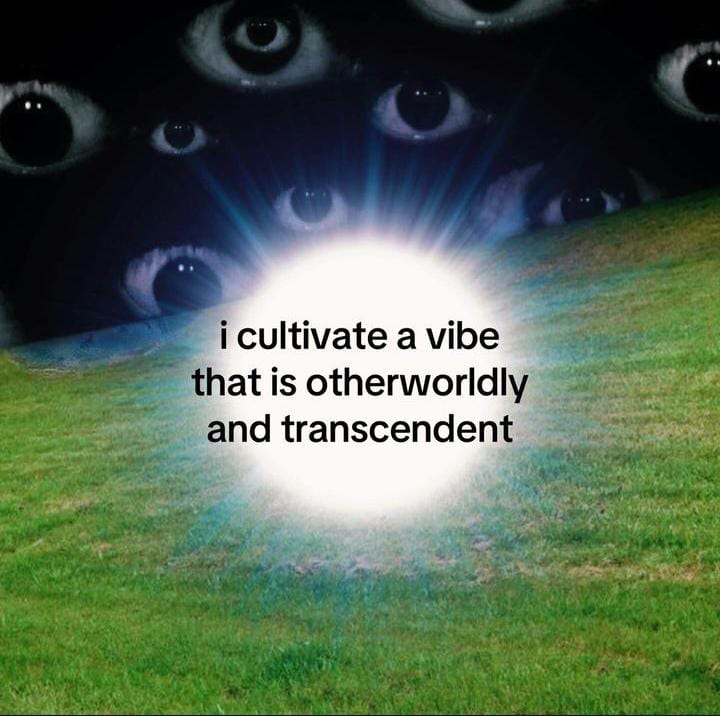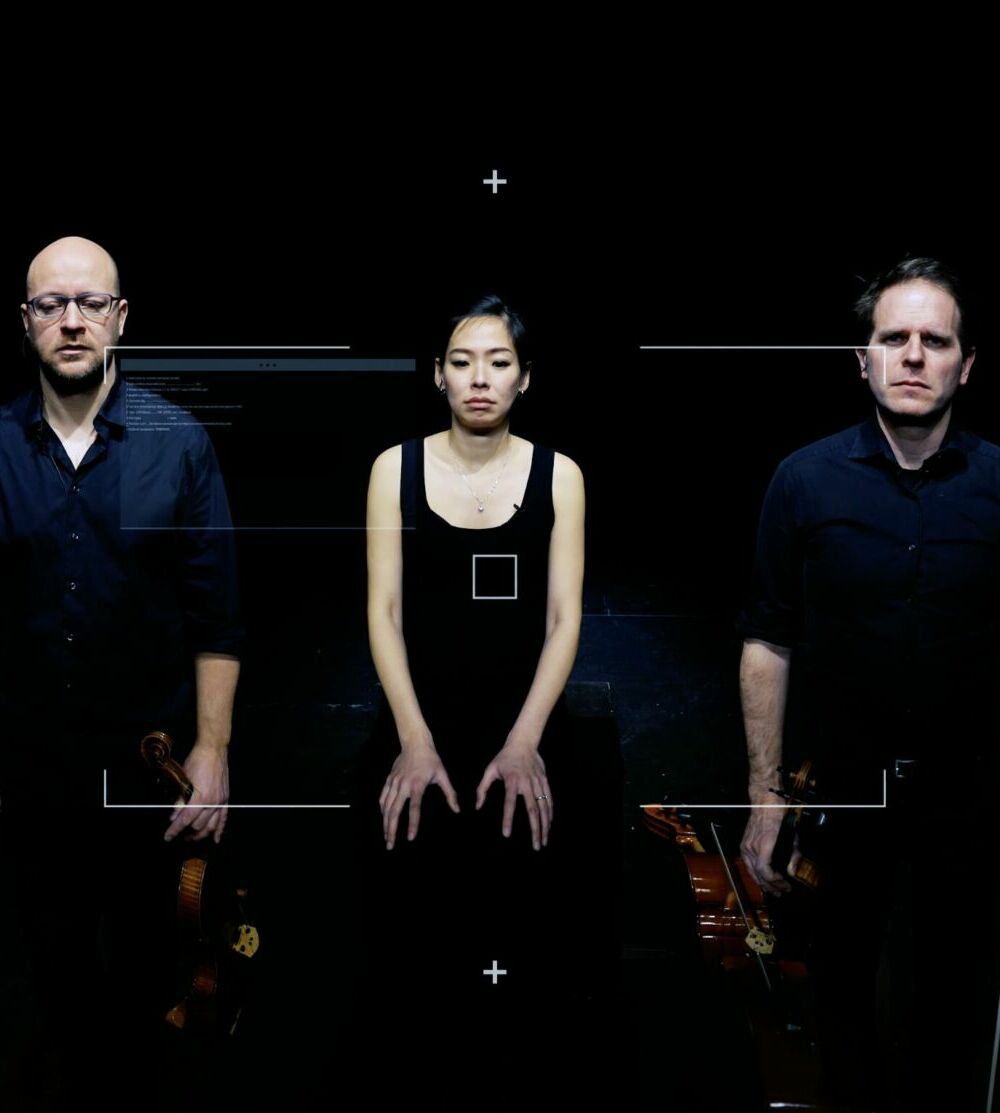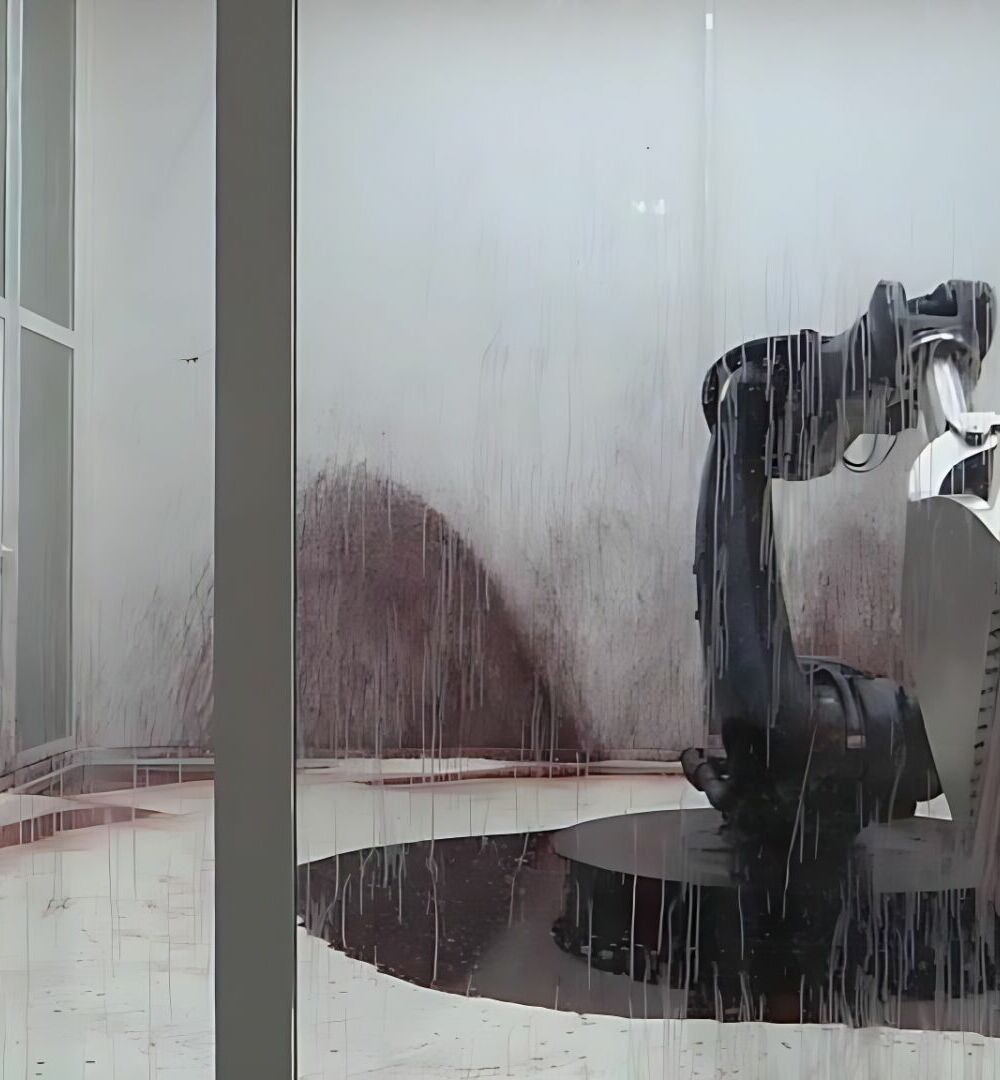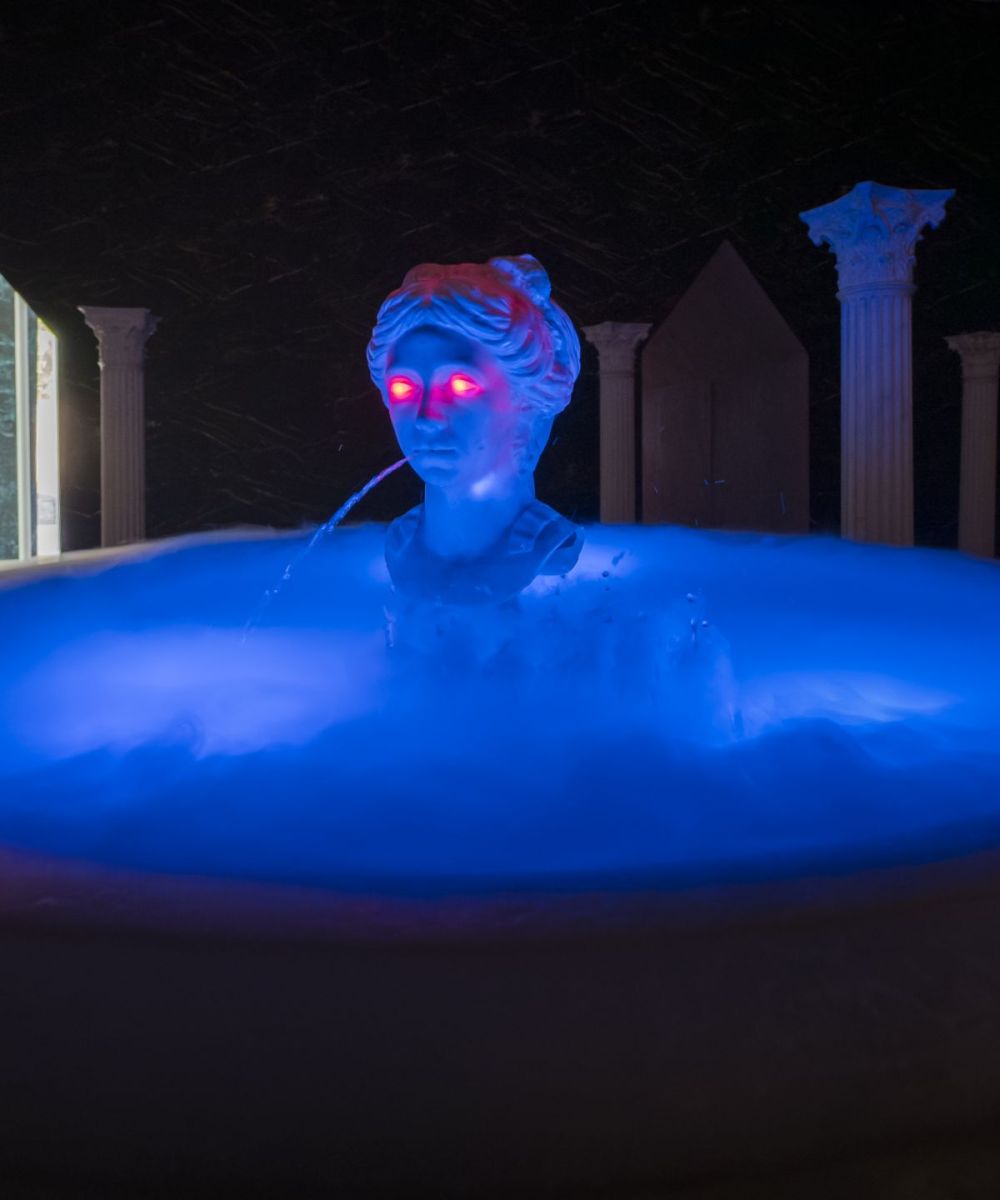The Metaverse by Lorenzo Montagna
By Alessandro Mancini
In recent years there has been a lot of talk about metaverse, especially since October 2012, when Mark Zuckerberg, founder and owner of Meta, announced his intention to change the name of Facebook Inc. to Meta, staking everything on this technology. Although it is a widespread buzzword, few people truly understand what metaverse actually is and how it works. So, we decided to interview Lorenzo Montagna, an expert on media applied technology, to lead us through this world full of unknown pitfalls and promise. Montagna was the CEO of the Italian branches of iconic Internet companies like Yahoo! and Altavista, and in 2017 he founded the first Italian consulting company, Second stAR VR. to provide enterprises with AR & VR solutions. In 2022 he published his fourth book, “Metaverso. Noi e il Web 3.0“, literally on the topic of the metaverse.
The term “metaverse” was first used in the science fiction novel Snow Crash by Neal Stephenson in 1992. However, were there similar images or other terms that described this reality before that date?
The reference to this novel often recurs because it was the first time that readers encountered the word ‘metaverse’, but I don’t think many people actually read the book. It is a cyber-punk novel, and for this reason it is hard to link it up with actual reality. The story of the main character who lives in a parallel universe through a viewer, makes an indirect reference to the world of fairy tales. This is not at all a new concept and for this reason it is inaccurate to attribute it to that novel alone. Experts like Matthew Boyle and Cathy Hackl sustain that rather than a parallel universe, metaverse will become an evolved and complex digital world made up of new technologies. In reality, the complex digital world already exists among us, even though artificial intelligence (AI) is fermenting all our attention. When this balloon deflates, we will realise that it was only one of the many elements that has contributed towards creating the evolved digital world which is fast approaching. When Elon Musk stated that he was working on a robot that will come out in December 2025, we can already guess in which direction the world is moving.

Is there only one type of metaverse, or is there more than one?
It would be more correct to talk about metaverse in the singular, the same way we refer to the Internet or the Web, even if it is composed of billions of sites and apps. However, the decision to call the 3D digital environments ‘metaverses’ on platforms like The Sandbox or Spatial has contributed towards creating confusion, leading people to believe that there are several metaverses. But the term should be used in the singular because it refers to a general reality.
Ever since Mark Zuckerberg presented his metaverse development project in 2021, several analysts have talked about a flop and disappointments in expectations, and yet, according to research carried out by Milan Politecnico (PoliMi) for Meta, it could have an impact of more than 30 billion euro and one point of the Italian economy’s GDP between 2024 and 2029, while McKinsey estimated 5 thousand billion dollars in June 2022. Which one is correct?
When he announced the launch of Meta, Zuckerberg made a very efficient move because he changed the name of the company into something that was representative of this evolved digital world. The latest data confirms the success of his intuition: at this moment, in sales terms, the Meta Quest 3 viewer is on the same trajectory, as the iPhone. I would also like to remind you that, just like viewers today, iPhones were not considered products for mass consumption and cost 7-8 times the price of a normal phone. The problem is that the media overestimates these innovations in the short term, but underestimates them in the long term. To be honest, adopting his new platforms like Meta Horizon, where you move with your own avatar, it probably did not go as well and was not as rapid as Zuckerberg had planned, but they are working on it. For example, not many people are aware, but there are already NBA games and concerts distributed in virtual mode.”
The crypto-metaverse is already a reality. For example, today, potential customers can buy digital articles from Gucci Town, Vans World and Nikeland on Roblox crypto-metaverse; or watch Dolce & Gabbana virtual fashion shows on Decentraland. For the moment, there are not many members, but in your opinion, do cryptocurrencies and blockchain represent the future for online payments?
I saw an analysis of Ethereum trends that showed how quickly it had grown in the past few days, to the point that today it is worth even more than Visa. After an initial period of demonization, now even the traditional financial-economic system is sanctioning cryptocurrencies: they are an example of investment funds that are beginning to open up to bitcoin. In the future we will have two currents: one that will use these instruments to manage high figure payments and bookings in fashion and tourism; and another current, not so closely product-linked and more focused on targets, composed of a high-spending, and mainly young market which will use cryptocurrency in the same way we use PayPal today.
Then there is another worrying question: the possibility that the synthetic world will improve and become more desirable than the real world.
Augmented Reality, Virtual Reality, Mixed Reality: immersive technologies assume different names according to their characteristics and functions. Give us a clearer picture on these three different realities. And what does metaverse have to do with all this?
Augmented Reality, Virtual Reality, Mixed Reality are often referred to the XR acronym (extended reality). Their characteristic is to make digital far more vivid and realistic. Augmented reality allows us to see data and information on the reality around us, but does not offer a particularly interactive experience. On the other hand, Virtual Reality is able to virtualize the space around us with the aid of a viewer. Lastly, mixed reality, is a mix of the other two types, since it works in an environment where the viewer is transparent or partly obstructed, which allows us to not only visualize the objects in our field of vision, but also to modify, move, reduce, or zoom in on them. Of the three, the most powerful from a technological viewpoint, is the one being launched by Apple with its dispatial computing devices. So, the metaverse is the sum of all these elements, with the addition of NFT, Cloud, 5 and 5G: devices that create new experiences on one hand, and new products and financial services on the other. This gives a good idea of the complexity of metaverse.
In 2017 you founded the first Italian consulting company on AR (augmented reality) & VR (virtual reality) solutions for enterprises, called Second stAR VR. What does it deal with, and what sector does your company work in?
It is a company focused purely on consulting. We do not create final projects, but we deal with business strategy and implementation for companies. Our objective is to create awareness on how much the importance of digital is changing inside companies from a strategic viewpoint, we incentivise the acquisition of new expertise through techniques and experience such as VR, AR, MR and design thinking. We work only with large-scale companies because unfortunately, they are the only ones that have the desire to understand and interpret the future better, as well as having more available capital and personnel. Just like Peter Pan, we guide these companies towards Neverland (that inspired the name of the company) or towards this innovation that does not have very well-defined outlines. For example, Assicurazioni Generali invested in an ESG (Environmental, Social and Governance) VR project with my company with a zero emission objective for the presentation of a WWF oasis to journalists, institutions, employees and schools. Since it would have been very complex and very impactful to take a large group of people to participate in an event the experience of virtual reality made possible to create a ‘mobile’ oasis, transporting the people virtually, without having to transfer them physically.” Space hasn’t been the only solution but also time because in the VR experience you see both the actual Oasis and people living there but also its future after several architectural investments that will bring this area to a new real physical experience for people in nature.
There has been talk about metaverse for over twenty years, but there is still a lot of scepticism on the subject. We are still not ready; is it just a question of time, as happened with AI, or is it already dead in the water before it happens?
It is a question of time. On the subject of technology, the further we progress, more we get the timing wrong. Think of AI: of course it wasn’t invented in the last two years. It has existed for ten years. You only have to remember the deep-fakes on Obama back in 2016, and now we are in 2024. But in the last eight years there wasn’t the almost spasmodic interest in the subject that we have today.
What will happen with metaverse is the same thing that happened with the arrival of Internet on phones, with e-commerce and apps: at the beginning, these innovations were considered with scepticism and sarcasm. Today they are part of our everyday lives.
I also feel that the media narrative of a country is partly the result of its social culture. Italy is the country with the oldest demographic population in the world after Japan; secondly, it is a country that considers its past and traditions among its strong points. For these reasons, it is less inclined towards change.
What are the greatest risks as far as metaverse is concerned?
There are risks, and they are not negligible. The more the realistic level in technology increases, the more damage it can cause. For example, let us look at cybercrime and protection of privacy: if everything becomes digital, also thanks to AI, it will be far easier to make fraud more efficient, and consequently, it will increase the risk of identity theft and attacks on security systems. It is no coincidence that Apple blocked its own viewers from transferring any of their users’ sensitive or biometric data to Cloud, to protect them. Then there is another worrying question: the possibility that the synthetic world will improve and become more desirable than the real world. In fact, if it becomes possible to create spaces and experiences that we desire in an ideal, and therefore perfect, reality, it could unleash an effect similar to that of some powerful drug. This scenario was already described in the film Her, (2013), and today, with the latest version of ChatGpt, it is highly plausible. On the other hand, this innovation provides the possibility of experimenting any long-distance activities, like meetings and conferences, in an increasingly more realistic and comfortable way. Another positive experience is being able to virtually visit some place before travelling there physically. Experiential or ‘extended’ reality should therefore be seen much more as an opportunity and not simply as a risk.
Alessandro Mancini
Has a Publishing and Writing degree from Sapienza University in Rome; he is a freelance journalist, content creator and social media manager. From 2018 to 2020 he was editorial director of the online magazine Artwave.it, which he founded in 2016, specialised in contemporary art and culture. His writing is mainly focussed on contemporary art, work, social rights and inequality.















